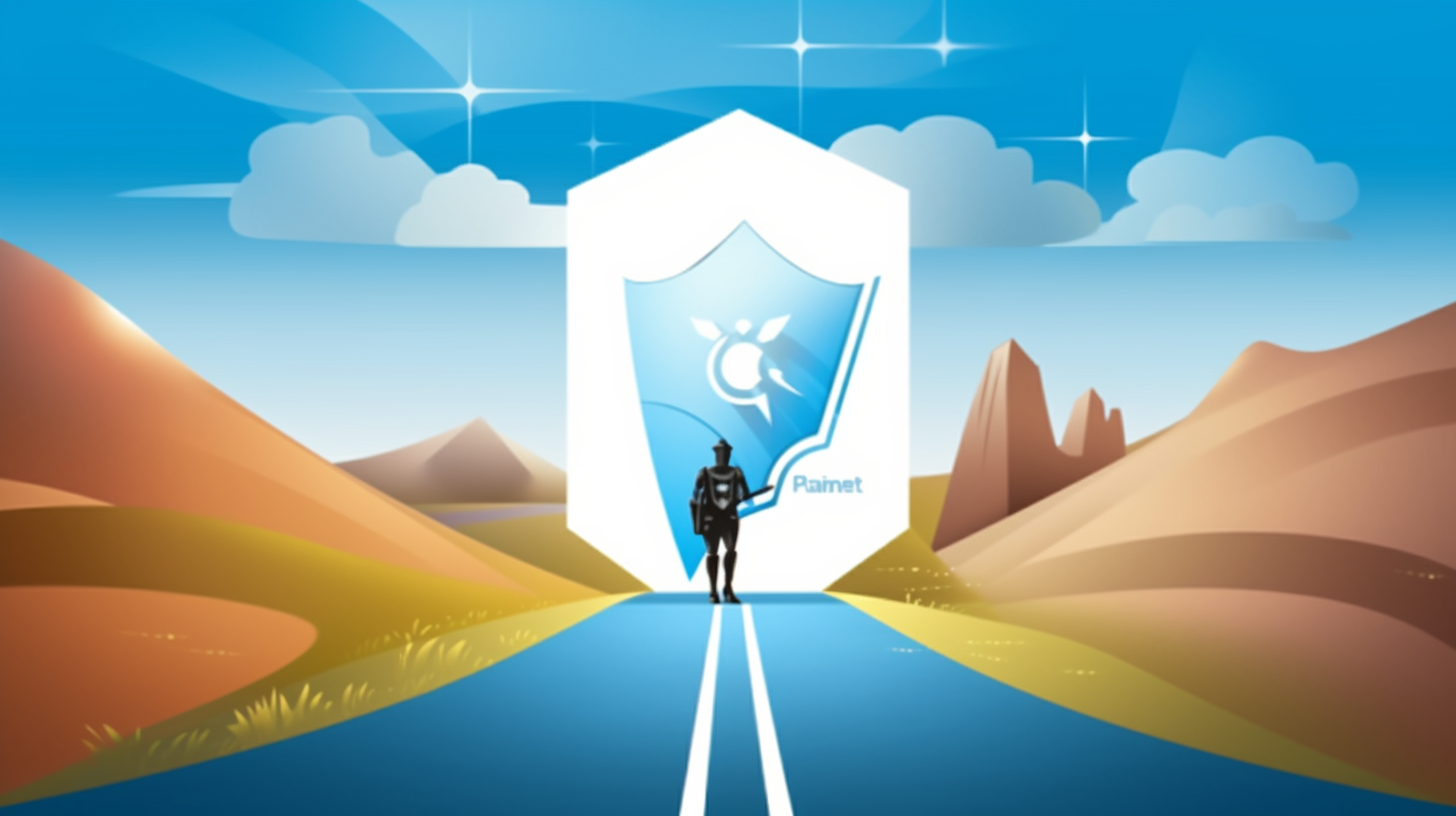Navigating Salesforce Lightning for Outlook: An In-depth Look at Installation and Synchronization Options

Let's face it, folks: gone are the days of manually transferring data between your email and CRM system. Just landed in the world of sales technology, Salesforce Lightning for Outlook is your new savior in shiny armor. This beauty of a tool helps you to keep your Salesforce and Outlook goodies in perfect harmony with each other. Salesforce Lightning for Outlook offers a road less travelled, a path to seamless integration. However, understanding how to take full advantage of this powerful software involves mastering its installation and synchronization options, both of which we will delve into with gusto.
Rolling up our Sleeves: The Installation Process
The installation process for Salesforce Lightning for Outlook is akin to the first few bites of an appetizing apple pie—it's straightforward and enjoyable. First off, as a Salesforce Certified Administrator, you need to install the Salesforce add-in from the Microsoft Office Store. However, you should bear in mind–or perhaps tattoo on your forearm–that to perform this action, you need to have administrator rights in Office 365. Post-installation, the Salesforce add-in automatically becomes available in the Outlook toolbar. From here on, it's smooth sailing!
But what if you hit a roadblock, and hurdles begin to crop up during the installation? Not to worry, there's a silver lining. Salesforce ensures that there are error messages that pop up, guiding you with a solution like a trusty old friend. It can be as simple as a minor permission issue or tricky enough to require input from Salesforce Support. Either way, Salesforce has your back!
Hand in Hand: Synchronization Scenarios
Synchronizing Salesforce Lightning for Outlook is where the rubber meets the road. It's like a well-choreographed dance between two professional dancers—with the right steps, they create a harmonious performance.
Syncing your Contacts, Events, and Tasks from Salesforce to Outlook and vice versa can make you feel on top of the world. It's a simple three-step process: Firstly, setting up the synchronization. Secondly, confirming the sync direction (Outlook to Salesforce, Salesforce to Outlook, or both ways). And lastly, defining the specific items to sync. Ta-da! You're all set. However, one stumbling block to keep an eye out for is conflict resolution, which handles discrepancies between the two platforms.
The Numbers Game: An Array of Statistics
In contrast to the nitty-gritty of technicalities, let's dive into some hard-hitting data. In a world where numbers reign supreme, we take a leaf out of the big book of statistics to understand the value brought by Salesforce Lightning for Outlook.
According to a recent study by Salesforce, 85% of users reported saving valuable time thanks to the superb synchronization capabilities of Salesforce Lightning for Outlook. Additionally, 75% of organizations reported higher productivity levels, and 93% noted improved data accuracy. The statistics don't lie, folks—Salesforce Lightning for Outlook is like the high-octane fuel that supercharges your CRM processes.
Based on a Salesforce usage report, the average user saves approximately 5 hours a week, which translates to 20 hours a month and 240 hours a year. Now picture this: What if you have a sales team of 100 members using Salesforce Lightning for Outlook? That’s a staggering 24,000 hours saved annually. Talk about time being money!
Tying it all Together
In conclusion, Salesforce Lightning for Outlook is not just an impressive tool that makes life easier—it's a game-changer in the true sense of the word. It transforms headaches into laughs and challenges into pieces of cake. Whether you're navigating the installation or maneuvering the synchronization options, the process is as easy as pie, provided you know how to slice it!
So, buckle up, folks! It’s time to ride the wave of Salesforce Lightning for Outlook and sail towards success. And remember: In the world of sales, the way to stay ahead is to keep moving with the lightning speed of innovation!